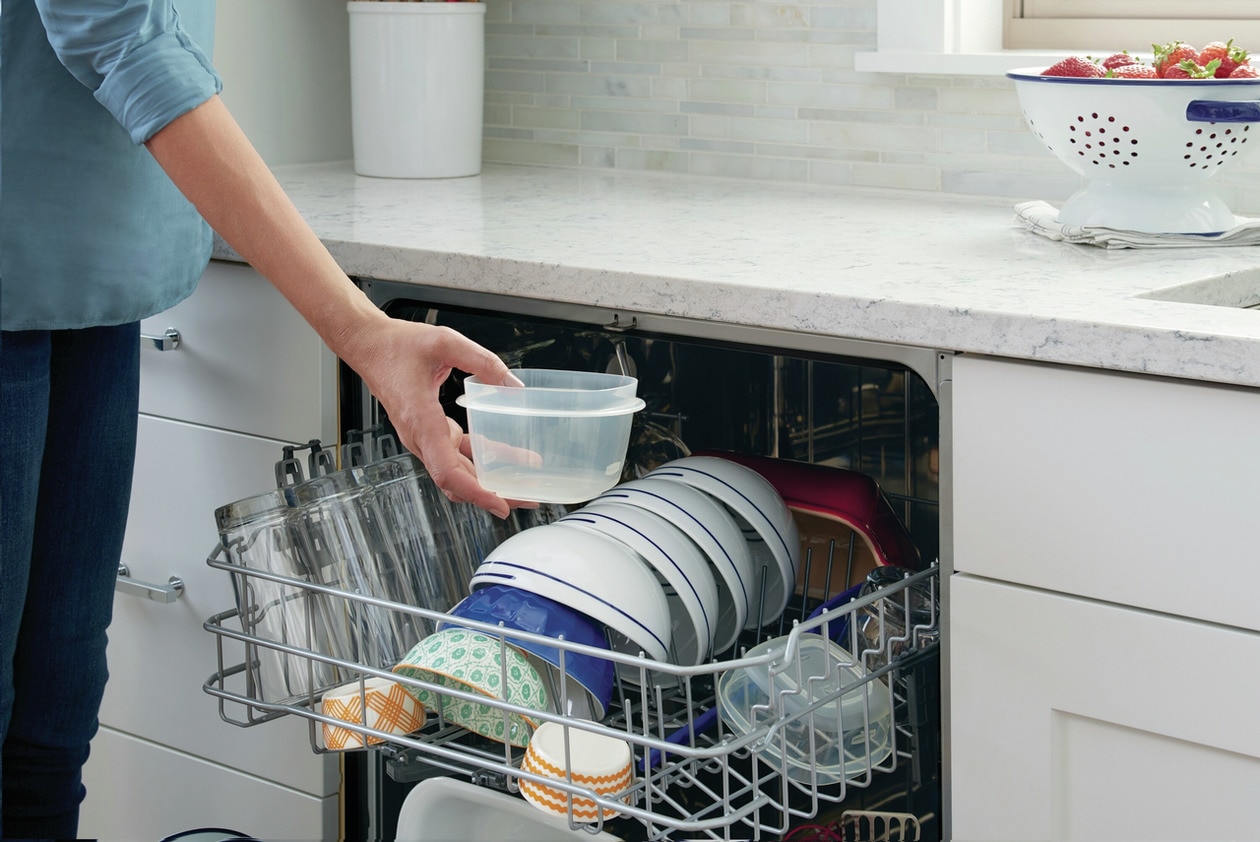

Articles
How To Use A Frigidaire Dishwasher
Modified: January 6, 2024
Learn how to use a Frigidaire dishwasher efficiently with our comprehensive articles. Discover tips, tricks, and maintenance advice for hassle-free dishwashing.
(Many of the links in this article redirect to a specific reviewed product. Your purchase of these products through affiliate links helps to generate commission for Storables.com, at no extra cost. Learn more)
Introduction
Welcome to the ultimate guide on how to use a Frigidaire dishwasher! Whether you’re a new owner or a long-time user looking for some tips and tricks, you’re in the right place. Frigidaire dishwashers are known for their exceptional performance, efficiency, and durability, making them a popular choice in households all over the world.
A Frigidaire dishwasher is designed to simplify the task of cleaning your dishes and cookware, allowing you to spend more time enjoying meals with your loved ones. In this article, we will walk you through the step-by-step process of using your Frigidaire dishwasher, from preparing it for use to unloading your sparkling clean dishes.
Before we dive into the specifics, it’s essential to familiarize yourself with the different features and controls of your Frigidaire dishwasher. Each model may have slightly different options and functions, so be sure to consult your user manual for precise instructions. However, the basic principles and steps we’ll outline here should apply to most Frigidaire dishwasher models.
So, let’s get started and discover how to make the most of your Frigidaire dishwasher. By following these simple instructions, you’ll be able to achieve spotless results and a hassle-free dishwashing experience every time.
Key Takeaways:
- Properly preparing, loading, and selecting the right wash cycle for your Frigidaire dishwasher is crucial for achieving spotless results and maximizing its efficiency. Following the manufacturer’s guidelines and maintenance tips will ensure a hassle-free dishwashing experience.
- Monitoring the dishwashing progress, safely unloading clean dishes, and addressing common issues are essential steps in maintaining your Frigidaire dishwasher’s performance. Regular cleaning and maintenance, along with troubleshooting tips, will help prolong its lifespan and reliability.
Read more: How To Install Frigidaire Dishwasher
Preparing the Dishwasher
Before loading your dishes, it’s important to ensure that your Frigidaire dishwasher is properly prepared for use. Follow these steps to get your dishwasher ready:
- Check the water supply: Make sure that the water supply to your dishwasher is turned on. This is usually located under the sink or behind the dishwasher. Ensure that the water connection is securely attached and that there are no leaks.
- Clean the filter: The filter in your dishwasher helps to remove food particles and debris, preventing them from clogging the spray arms and affecting the cleaning performance. Remove the filter according to your dishwasher’s user manual and clean it thoroughly under running water.
- Inspect the spray arms: Take a look at the spray arms, which are responsible for distributing water throughout the dishwasher. Ensure that there are no blockages or obstructions in the spray holes. If necessary, use a toothpick or a small brush to clean any debris.
- Check the dishwasher rack: Inspect the dishwasher rack for any damaged or broken parts. Ensure that the rack is properly aligned and that the wheels are intact for smooth loading and unloading of dishes.
- Ensure proper drainage: Confirm that the dishwasher’s drain hose is connected securely to the drain pipe or garbage disposal unit. Make sure that there are no kinks or obstructions in the hose that could prevent proper drainage.
By following these preparation steps, you’ll ensure that your Frigidaire dishwasher is in optimal condition for efficient and effective cleaning.
Loading the Dishwasher
Properly loading your Frigidaire dishwasher is crucial to ensure thorough cleaning and to maximize the dishwasher’s capacity. Here are some tips to help you load your dishwasher efficiently:
- Scrape off excess food: While it’s not necessary to pre-rinse your dishes, it’s a good idea to scrape off any large food particles before loading them into the dishwasher. This will prevent the filter from getting clogged and improve the cleaning performance.
- Separate items: Place similar items together to optimize the cleaning process. For example, group plates with plates, bowls with bowls, and glasses with glasses. This allows the water to reach all surfaces evenly.
- Avoid overcrowding: Leave some space between dishes to allow for proper water circulation and effective cleaning. Overcrowding can result in dishes not getting cleaned thoroughly or even getting damaged during the washing cycle.
- Secure delicate items: If you have delicate or lightweight items such as plastic containers or lids, it’s a good idea to secure them in the upper rack. This will prevent them from flipping over or moving around during washing.
- Load utensils properly: Place utensils in the utensil basket, ensuring that spoons, forks, and knives are separated for better cleaning. Avoid placing utensils with handles facing downwards to prevent water from collecting and leaving spots.
- Place large items strategically: For large pots, pans, and baking sheets, position them in the lower rack. Angle them to allow water to flow freely and reach all surfaces.
Remember to refer to your Frigidaire dishwasher’s user manual for any specific loading instructions or recommendations for your particular model. Properly loading your dishwasher will not only ensure more efficient cleaning but also help in preventing any damage to your dishes and cookware.
Adding Detergent and Rinse Aid
When it comes to achieving sparkling clean dishes, the right amount and type of detergent and rinse aid are key. Here’s how to add them to your Frigidaire dishwasher:
- Select the appropriate detergent: Use a high-quality dishwasher detergent that is specifically designed for automatic dishwashers. Avoid using regular dish soap as it can cause excessive sudsing and may not provide effective cleaning.
- Locate the detergent dispenser: The detergent dispenser is typically located on the door of your Frigidaire dishwasher. It may be a small compartment or a pull-out drawer, depending on your model.
- Add the detergent: Follow the manufacturer’s instructions for the recommended amount of detergent. Generally, it’s best to use dishwasher detergent pods or tablets, as they are pre-measured and convenient. Place the detergent in the dispenser and close it securely.
- Consider using rinse aid: Rinse aid is an optional but highly beneficial addition to your dishwasher routine. It helps to improve drying performance, reduce water spots, and prevent residue build-up on your dishes. Check if your dishwasher has a rinse aid dispenser and add the recommended amount according to the manufacturer’s instructions.
It’s important to use the right amount of detergent and rinse aid to avoid issues such as residue, streaks, or film on your dishes. Using too little can result in ineffective cleaning, while using too much can lead to excess suds or even damage to your dishwasher.
Remember to regularly check the detergent and rinse aid levels in your Frigidaire dishwasher and refill them as needed. Following these steps will help ensure that your dishes come out clean, spotless, and ready to be enjoyed.
Selecting the Wash Cycle
Choosing the right wash cycle for your dishes is essential to achieve optimal cleaning results with your Frigidaire dishwasher. Here’s how to select the appropriate wash cycle:
- Consider the level of soiling: Most Frigidaire dishwashers offer a variety of wash cycle options, including light, normal, heavy, and specialty cycles. Assess the level of soiling on your dishes to determine the most suitable cycle. For lightly soiled items, a quick or light wash cycle may be sufficient, while heavily soiled dishes may require a heavy-duty or pots and pans cycle.
- Utilize specialized cycles: Frigidaire dishwashers often include specialized cycles to accommodate specific needs. For example, there may be a sanitize cycle for items that require extra disinfection, a glassware cycle for delicate glassware, or an energy-saving cycle for more eco-friendly washing.
- Consider the load size: Some Frigidaire dishwashers have sensors that detect the load size and adjust the wash cycle accordingly. If your dishwasher offers this feature, it can help optimize water and energy usage by tailoring the wash cycle to the specific load.
- Utilize additional options: Depending on your Frigidaire dishwasher model, there may be additional options and settings to enhance the cleaning process. These can include heated dry, delayed start, or even a child lock feature. Refer to your user manual to explore all available options and choose the ones that meet your specific needs.
Once you’ve selected the desired wash cycle and any additional options, simply press the corresponding buttons on the control panel of your Frigidaire dishwasher to start the cycle. Some dishwashers may have a digital display that allows you to see the remaining time or the progress of the wash cycle.
Keep in mind that the exact wash cycle options and features may vary depending on your specific Frigidaire dishwasher model. Always refer to your user manual for precise instructions and recommendations.
By selecting the appropriate wash cycle, you’ll ensure that your dishes receive the optimal level of cleaning and care, resulting in sparkling clean results every time.
Read more: How To Reset Frigidaire Dishwasher
Starting the Dishwasher
Now that you’ve prepared your Frigidaire dishwasher, loaded your dishes, and selected the appropriate wash cycle, it’s time to start the dishwasher. Follow these steps to begin the cleaning process:
- Close the dishwasher door: Ensure that all dishes are properly loaded and that the dishwasher racks are securely in place. Close the dishwasher door until you hear a click, indicating that it is fully latched.
- Double-check the settings: Take a final look at the control panel to confirm that you have selected the desired wash cycle and any additional options or settings. Adjust as necessary.
- Press the Start/Run button: Locate the Start/Run button on the control panel of your Frigidaire dishwasher and press it to initiate the wash cycle. Some dishwashers may require you to press and hold the button for a few seconds for it to start.
- Listen for the dishwasher to begin: Once you press the Start/Run button, listen for the sounds of the dishwasher starting. You may hear water filling the tub and the gentle whirring of the spray arms in motion.
Depending on the selected wash cycle and the level of soiling, the dishwasher cycle can take anywhere from 1 to 3 hours to complete. During this time, it’s important to avoid opening the dishwasher door, as this can interrupt the cycle and affect the cleaning process.
Many Frigidaire dishwashers have indicators or lights on the control panel to display the progress of the wash cycle. These indicators can inform you if the dishwasher is in the wash, rinse, or dry phase, or when the cycle is complete. Refer to your dishwasher’s user manual to understand the specific indicator lights or display symbols for your model.
By following these simple steps, you’ll be on your way to sparkling clean dishes with the help of your Frigidaire dishwasher.
Make sure to scrape off excess food from dishes before loading them into the dishwasher. This will help prevent clogs and ensure a thorough clean.
Monitoring the Dishwashing Progress
While your Frigidaire dishwasher is running, it’s essential to monitor the dishwashing progress to ensure everything is going smoothly. Here are some tips for effectively monitoring the cycle:
- Observe the display or indicator lights: Keep an eye on the control panel or indicator lights on your Frigidaire dishwasher. These lights can provide information about the current phase of the wash cycle, such as washing, rinsing, or drying.
- Listen for abnormal noises: While some noise is normal during the operation of a dishwasher, listen for excessive or unusual sounds that could indicate a problem. If you notice any grinding or banging noises, it’s a good idea to contact Frigidaire customer support for assistance.
- Check for leaks: Periodically check around your dishwasher for any signs of leaks. This can include water pooling on the floor or visible water dripping from the dishwasher door. If you detect a leak, it’s important to address it promptly to avoid any water damage.
- Avoid opening the dishwasher door: As tempting as it may be to check on the progress or add items mid-cycle, refrain from opening the dishwasher door while it’s running. Opening the door can disrupt the cleaning process and may release steam, causing potential burns.
- Note the remaining time: If your Frigidaire dishwasher has a digital display, it may show an estimated remaining time for the wash cycle. This can give you an indication of how much longer the cycle will run, helping you plan your activities accordingly.
It’s important to remember that every dishwasher model is different, and the specific features and indicators may vary. Refer to your Frigidaire dishwasher’s user manual for detailed information on how to monitor the progress for your particular model.
By actively monitoring the dishwashing progress, you can promptly address any issues that arise and ensure that your dishes are receiving the optimal cleaning and care they deserve.
Unloading the Dishwasher
Once the wash cycle of your Frigidaire dishwasher is complete, it’s time to unload your sparkling clean dishes. Follow these steps for a smooth and efficient unloading process:
- Wait for the dishwasher to cool down: After the wash cycle has finished, it’s a good idea to allow the dishwasher to cool down before unloading. This will prevent any accidental burns from hot dishes or steam.
- Start with the bottom rack: Begin unloading the dishwasher by removing the items from the bottom rack first. This typically includes plates, bowls, and larger cookware. Place them on the countertop or a drying mat to avoid any water drips.
- Handle delicate items with care: If you have delicate glassware or stemware, carefully remove them from the dishwasher and place them on a soft towel or a dish rack to air dry. Avoid placing them directly on hard surfaces to prevent chips or cracks.
- Unload the top rack: Once the bottom rack is empty, move on to unloading the top rack. This section usually contains cups, glasses, and smaller items. Take caution when unloading utensils to avoid any accidental injuries.
- Inspect dishes for cleanliness: Before putting away your dishes, take a quick moment to inspect them for any leftover food particles or residue. If you find any, give them a rinse under the tap or use a sponge to remove any remaining debris.
- Put items away: After ensuring that your dishes are clean and dry, place them in their designated storage locations. Organize them in a way that makes sense to you, whether it’s by size, type, or frequency of use.
Remember to refer to your specific Frigidaire dishwasher model’s user manual for any additional instructions or recommendations regarding unloading. Some dishwashers may have specific loading guidelines or suggestions for certain types of dishes or cookware.
By following these steps, you’ll be able to efficiently and safely unload your Frigidaire dishwasher, leaving you with clean and ready-to-use dishes for your next meal.
Cleaning and Maintenance Tips
To keep your Frigidaire dishwasher performing at its best and to prolong its lifespan, regular cleaning and maintenance are crucial. Here are some essential tips to help you maintain your dishwasher:
- Clean the interior regularly: Periodically wipe down the interior walls, door, and racks of your dishwasher with a damp cloth or sponge to remove any residue or food particles. Pay extra attention to the filter and spray arms, ensuring they are free from debris.
- Run a maintenance cycle: Consider running a maintenance cycle on your dishwasher every once in a while. This involves running an empty dishwasher with a cleaning solution specially designed for dishwashers to remove any buildup or odors.
- Keep the door and seals clean: Clean the door and seals of your Frigidaire dishwasher regularly to remove any buildup or residue. Use a mild detergent and a soft cloth to wipe them down, paying attention to the corners and crevices where dirt can accumulate.
- Check and clean the drain: Over time, particles and debris can get trapped in the dishwasher’s drain. Periodically inspect and clean the drain to ensure proper drainage. Refer to your user manual for instructions on how to access and clean the drain.
- Inspect the supply and drain hoses: Regularly check the supply and drain hoses for any kinks, leaks, or blockages. If you notice any issues, replace or repair the hoses as needed to prevent water damage or improper functioning.
- Maintain proper water temperature: To optimize the dishwasher’s cleaning performance, ensure that the water entering the dishwasher is at a suitable temperature. Check the user manual for the recommended water temperature for your specific model.
By following these cleaning and maintenance tips, you’ll ensure that your Frigidaire dishwasher remains in excellent condition, providing you with reliable and efficient performance for years to come.
Additionally, always refer to your dishwasher’s user manual for model-specific cleaning and maintenance instructions, as different models may have varying requirements.
Read more: How To Unclog Frigidaire Dishwasher
Troubleshooting Common Issues
While Frigidaire dishwashers are known for their reliability, occasional issues may arise. Here are some common problems you may encounter with your dishwasher along with troubleshooting tips:
- Dishes not getting clean: If you find that your dishes are not getting clean, check the spray arms for any blockages. Remove any debris and ensure that the spray arms can rotate freely. Also, ensure that you are using the correct amount and type of dishwasher detergent and that the dishwasher is loaded properly.
- Dishes not drying properly: If your dishes are not drying adequately, make sure that the rinse aid dispenser is filled. Adjust the rinse aid setting to a higher level if necessary. Additionally, ensure that you are using the appropriate wash cycle with a heated dry option selected, if available.
- Strange odors inside the dishwasher: If you notice unpleasant odors coming from your dishwasher, try running an empty cycle with a dishwasher cleaner or a mixture of vinegar and baking soda to eliminate any buildup or residue. Regularly cleaning the filter and interior can also help prevent odors.
- Leaking dishwasher: If you discover water leaking from your dishwasher, check the door seal for any damage or debris. Clean the seal and ensure it is properly aligned. Also, inspect the supply and drain hoses for any leaks or loose connections and tighten or replace them as needed.
- Noisy operation: If your dishwasher is making unusual noises, such as grinding or rattling sounds, it could indicate a problem. Check for any loose items or utensils that may have fallen into the dishwasher. If the noise persists, contact Frigidaire customer support for further assistance.
- Control panel not responding: If the control panel of your dishwasher is unresponsive, first ensure that the dishwasher is receiving power. Check the circuit breaker or fuse box to make sure there is no tripped circuit. If the issue persists, contact Frigidaire customer support for troubleshooting.
If you encounter any persistent issues with your Frigidaire dishwasher that you are unable to resolve, it’s always best to contact Frigidaire customer support or a qualified technician for assistance. They can provide expert advice and guidance specific to your dishwasher model.
Remember to consult your dishwasher’s user manual for additional troubleshooting steps and model-specific recommendations for resolving common issues.
Conclusion
Congratulations! You have learned the ins and outs of using your Frigidaire dishwasher. By following the steps outlined in this guide, you can now confidently prepare, load, and operate your dishwasher to achieve spotless and sparkling clean dishes every time.
We covered everything from the preparation and loading of the dishwasher to selecting the right wash cycle and monitoring the progress. Additionally, we provided helpful tips for unloading your dishes, cleaning and maintaining your dishwasher, and troubleshooting common issues.
Remember, each Frigidaire dishwasher model may have specific features and instructions, so it’s essential to consult your user manual for precise details. By doing so, you can optimize the performance and longevity of your dishwasher.
Now that you have the knowledge and understanding of using your Frigidaire dishwasher, you can enjoy the convenience and efficiency it offers in streamlining your dishwashing routine. Spend less time at the sink and more time doing the things you love.
If you encounter any persistent problems or have further questions about your Frigidaire dishwasher, don’t hesitate to reach out to Frigidaire customer support or consult a professional technician for assistance.
Thank you for choosing Frigidaire, and we hope this guide has been valuable in helping you make the most of your dishwasher. Here’s to effortless cleaning and more enjoyable moments in your kitchen!
Frequently Asked Questions about How To Use A Frigidaire Dishwasher
Was this page helpful?
At Storables.com, we guarantee accurate and reliable information. Our content, validated by Expert Board Contributors, is crafted following stringent Editorial Policies. We're committed to providing you with well-researched, expert-backed insights for all your informational needs.
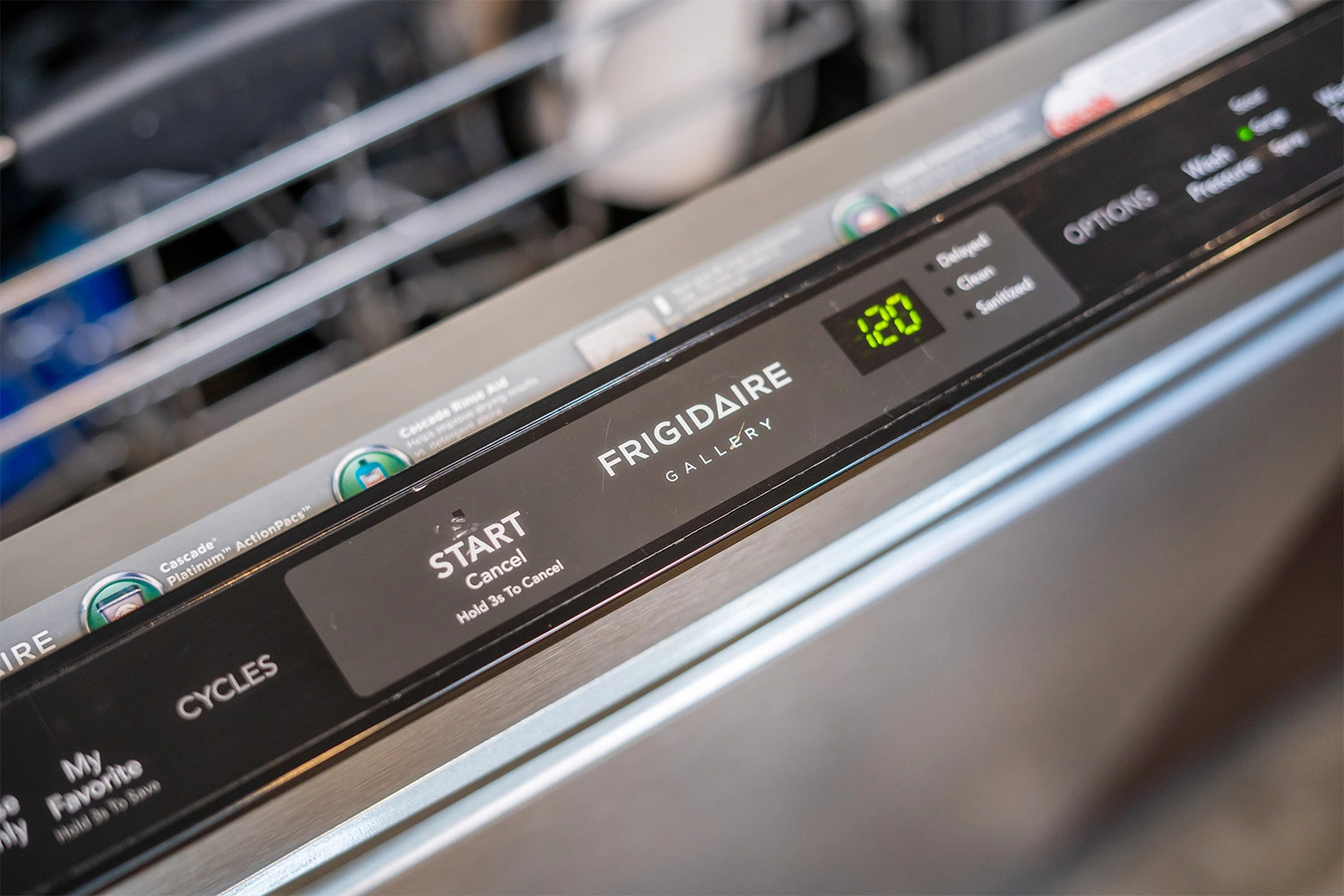
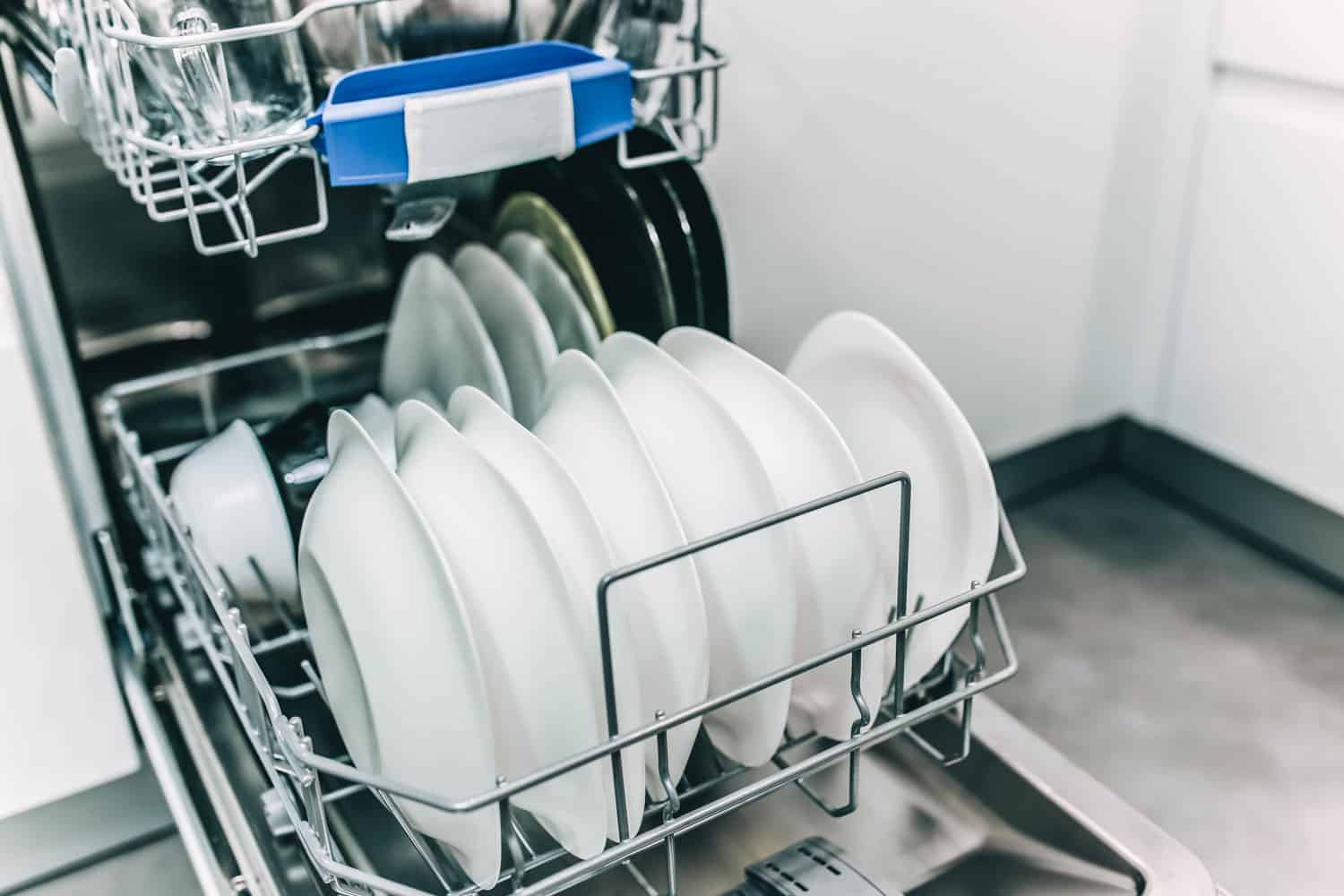
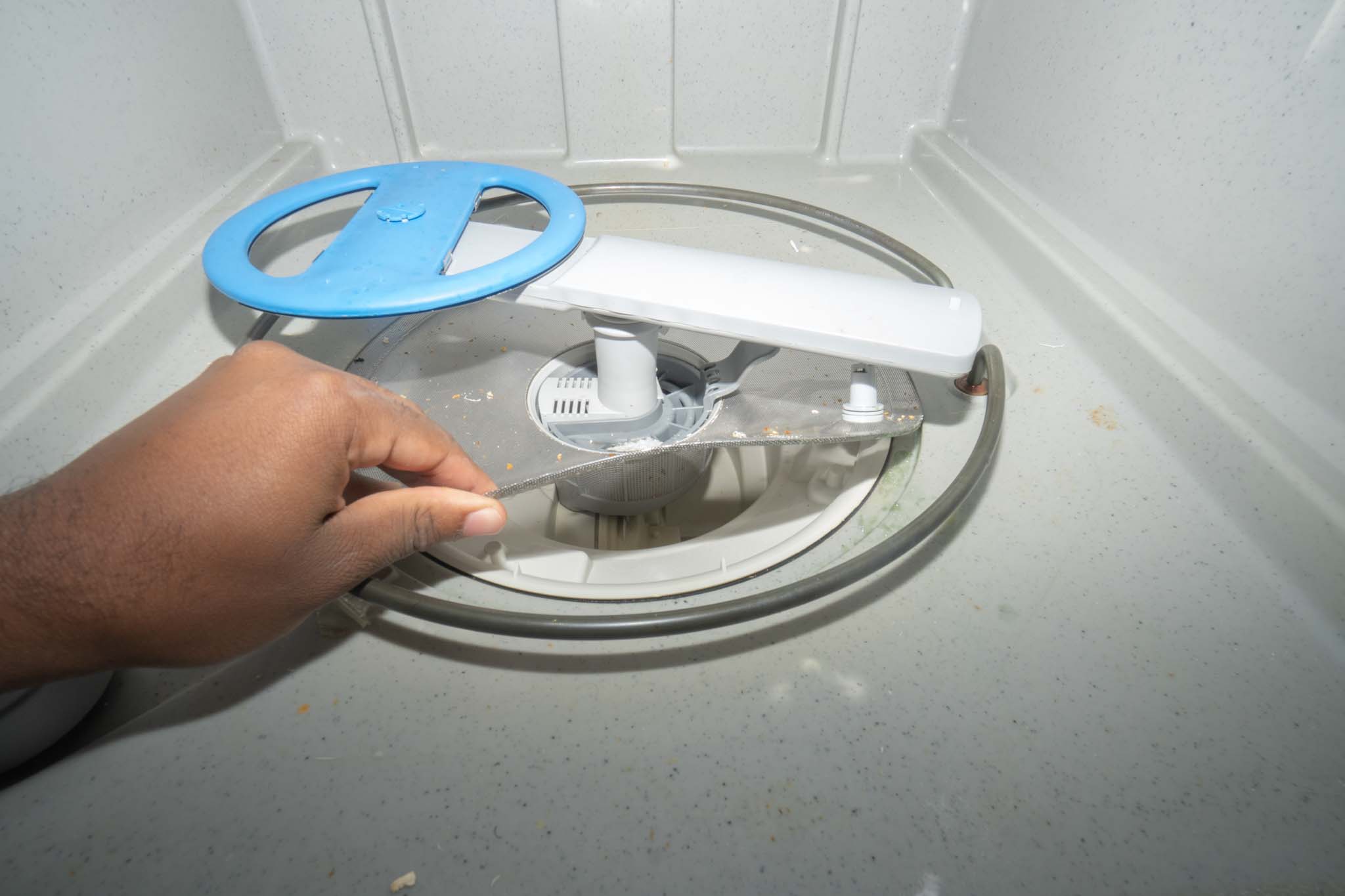
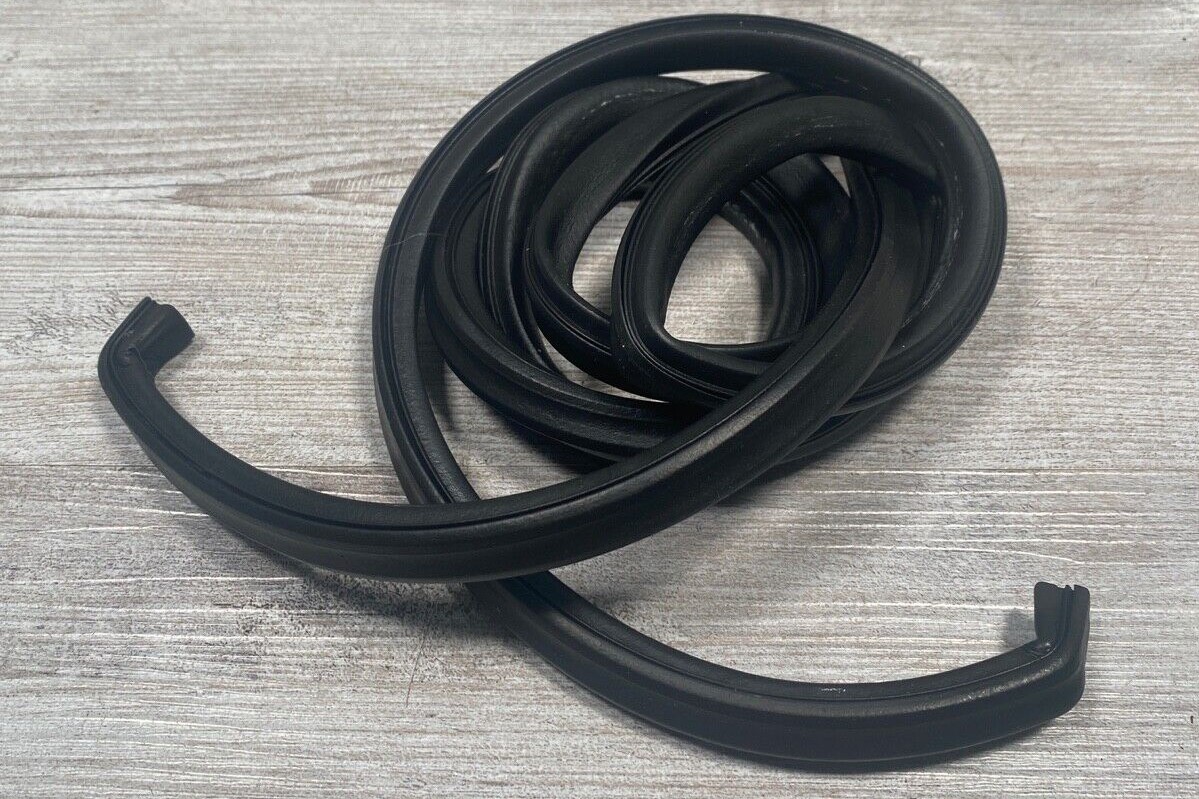
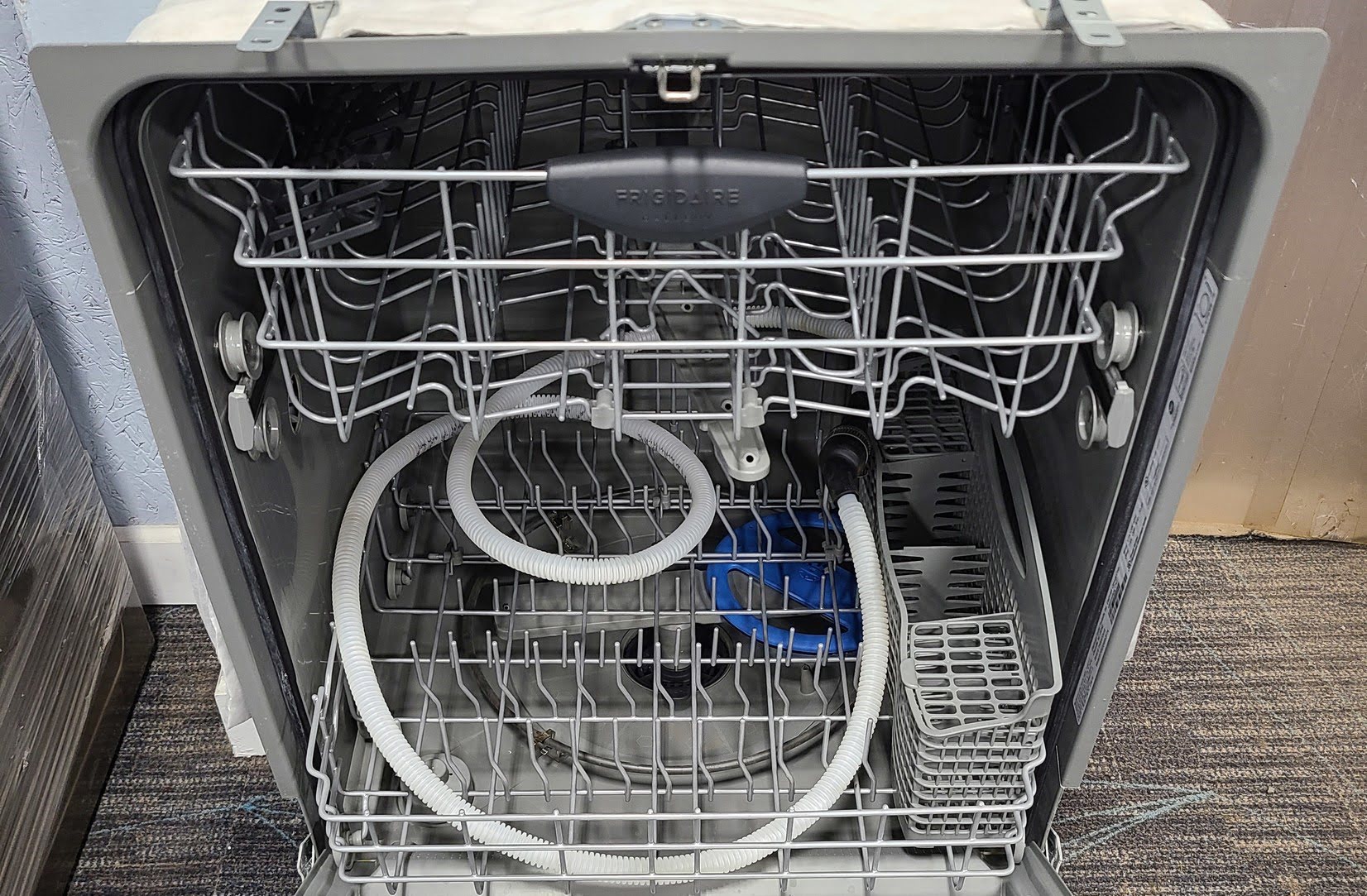
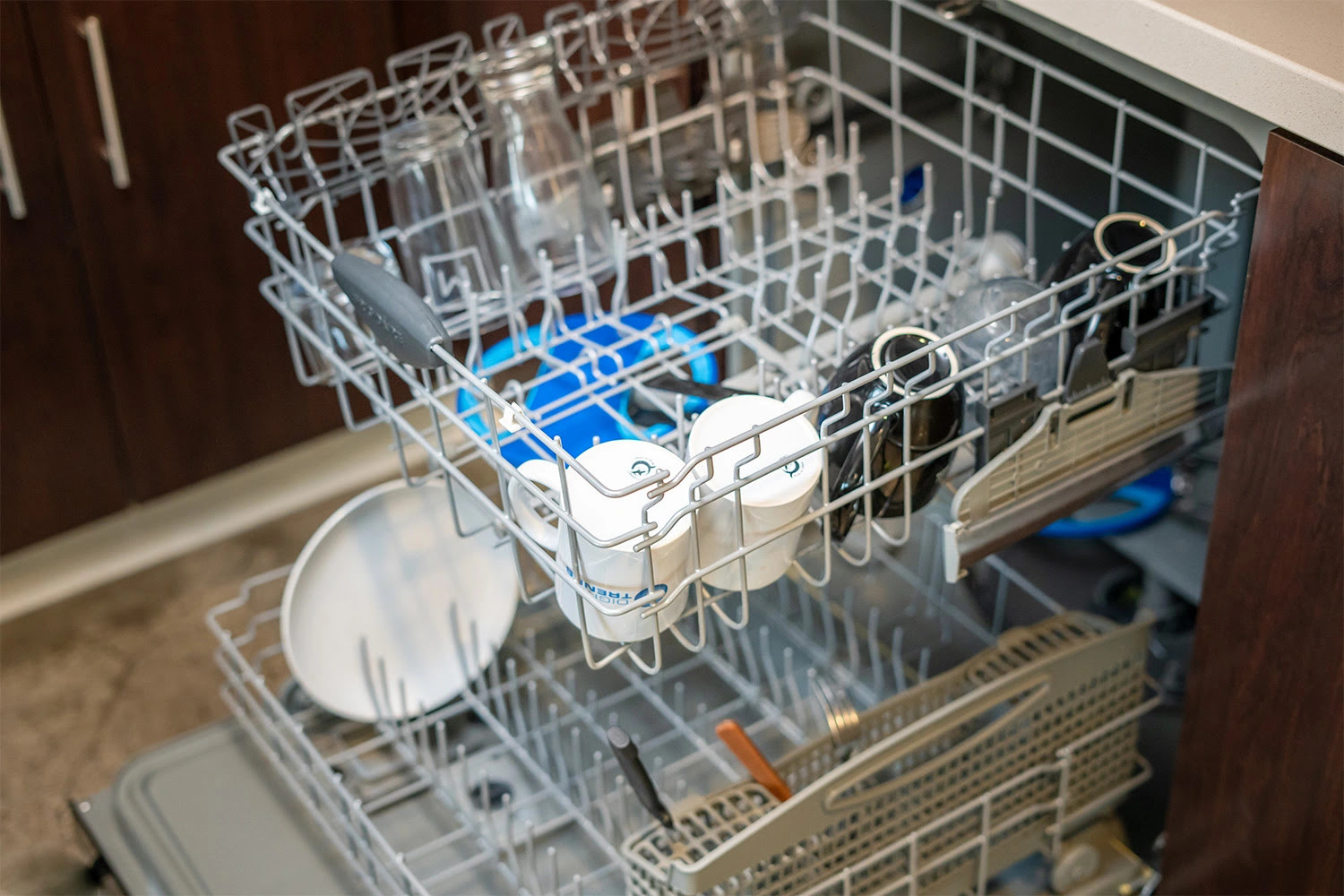
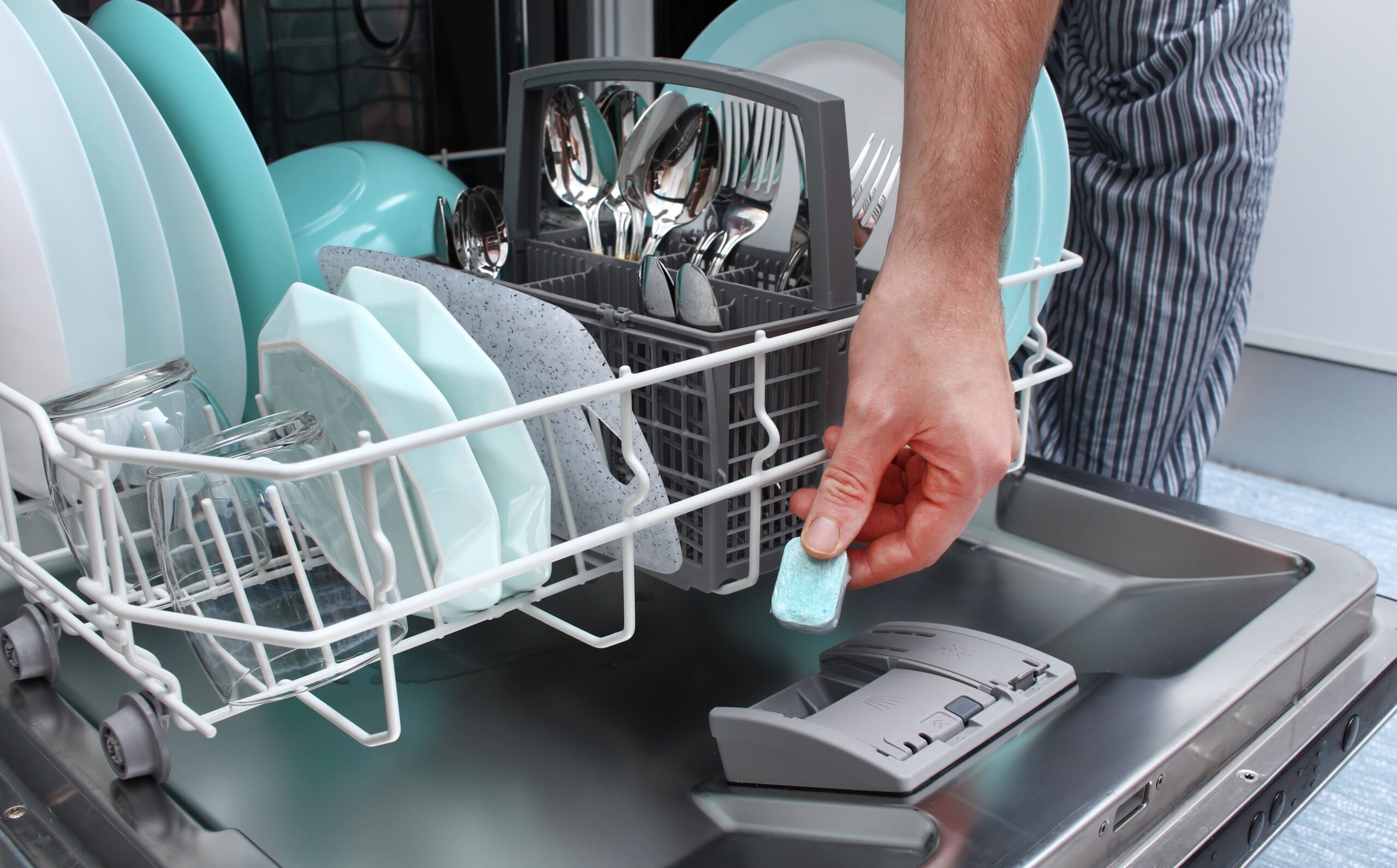
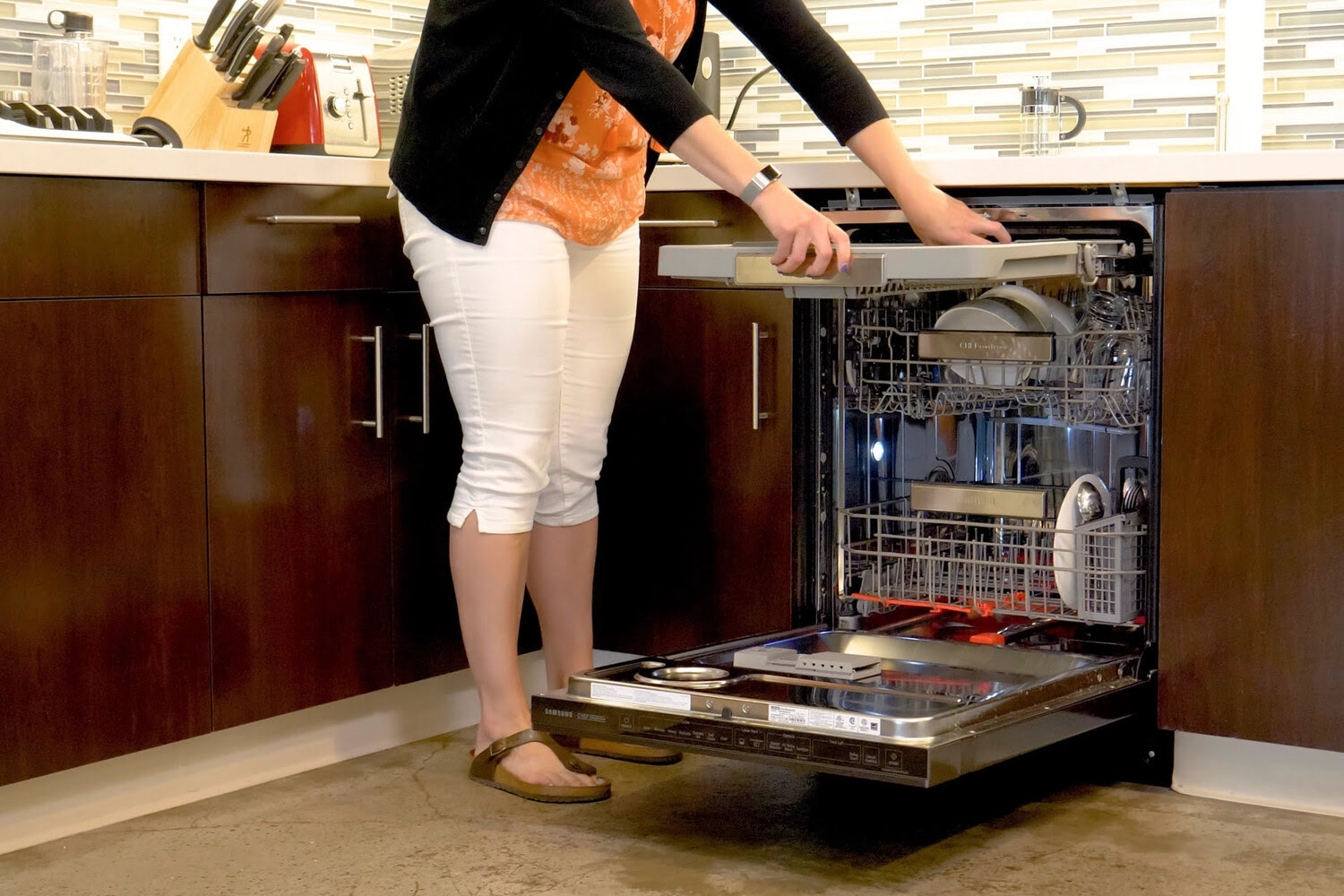
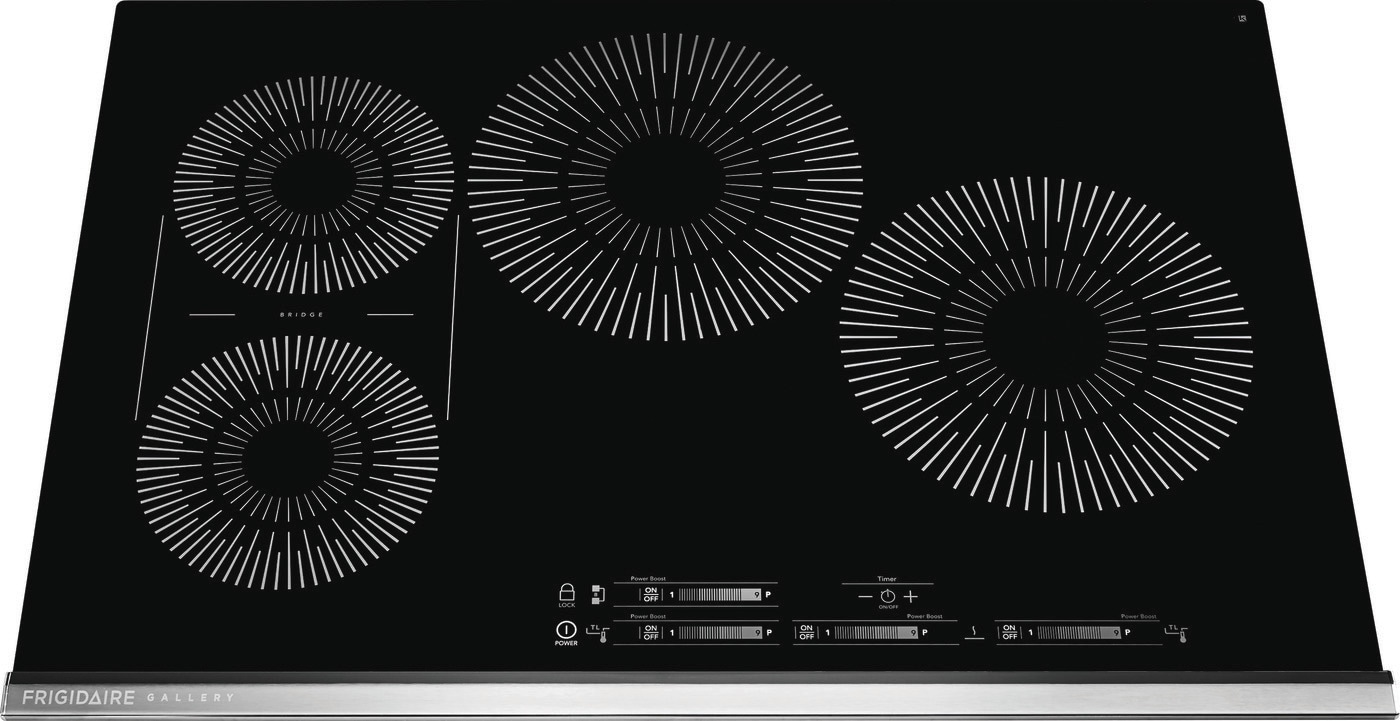
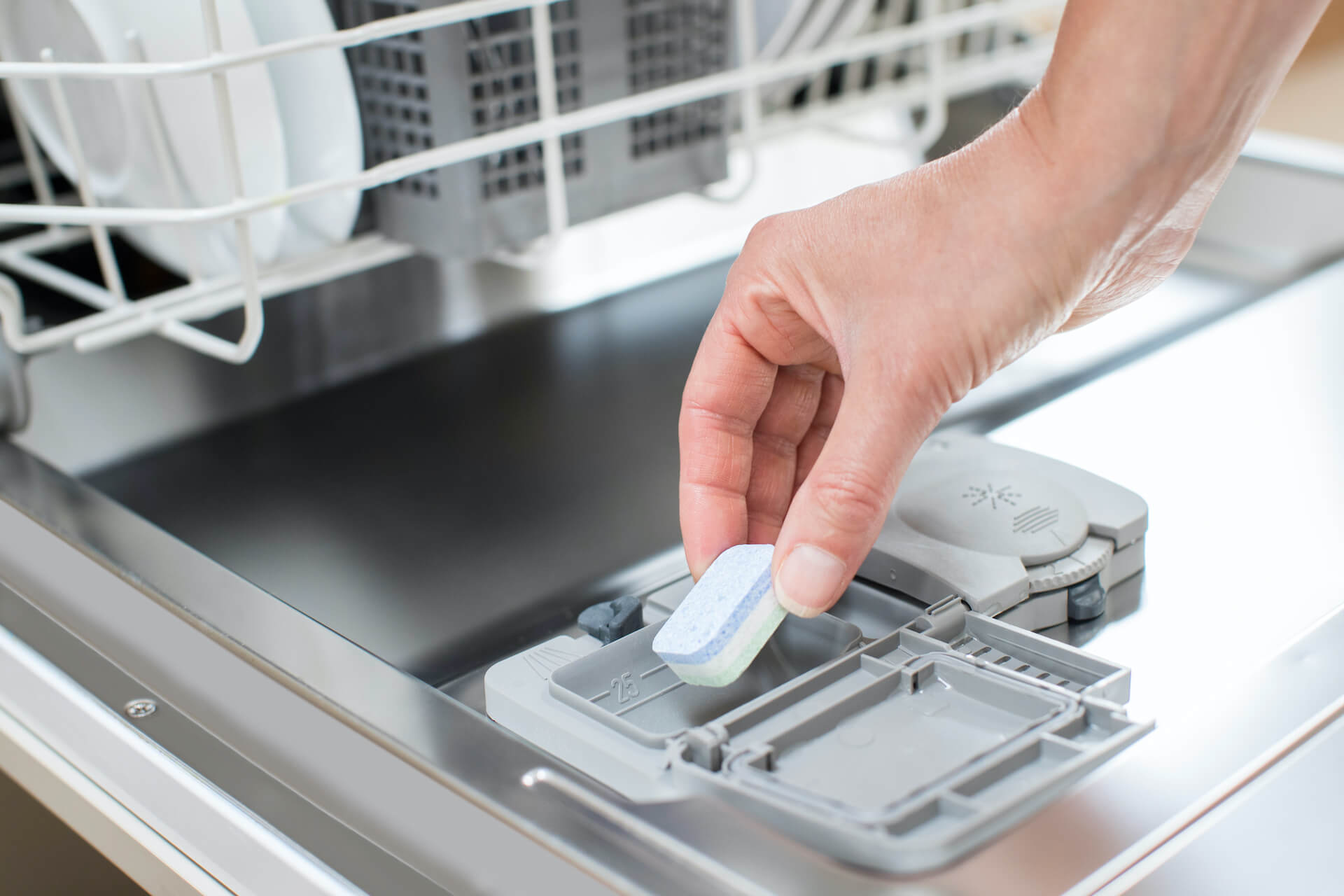
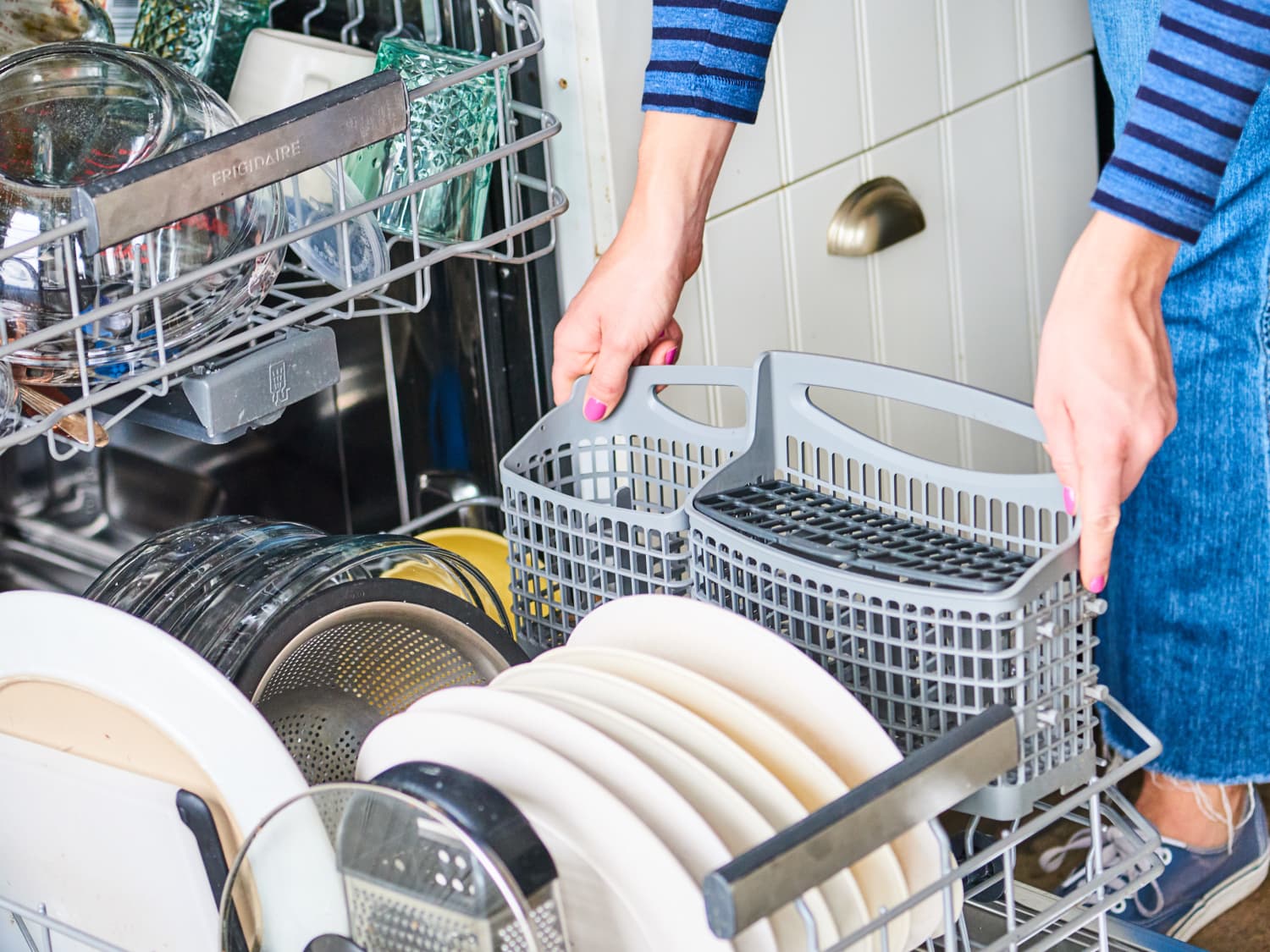
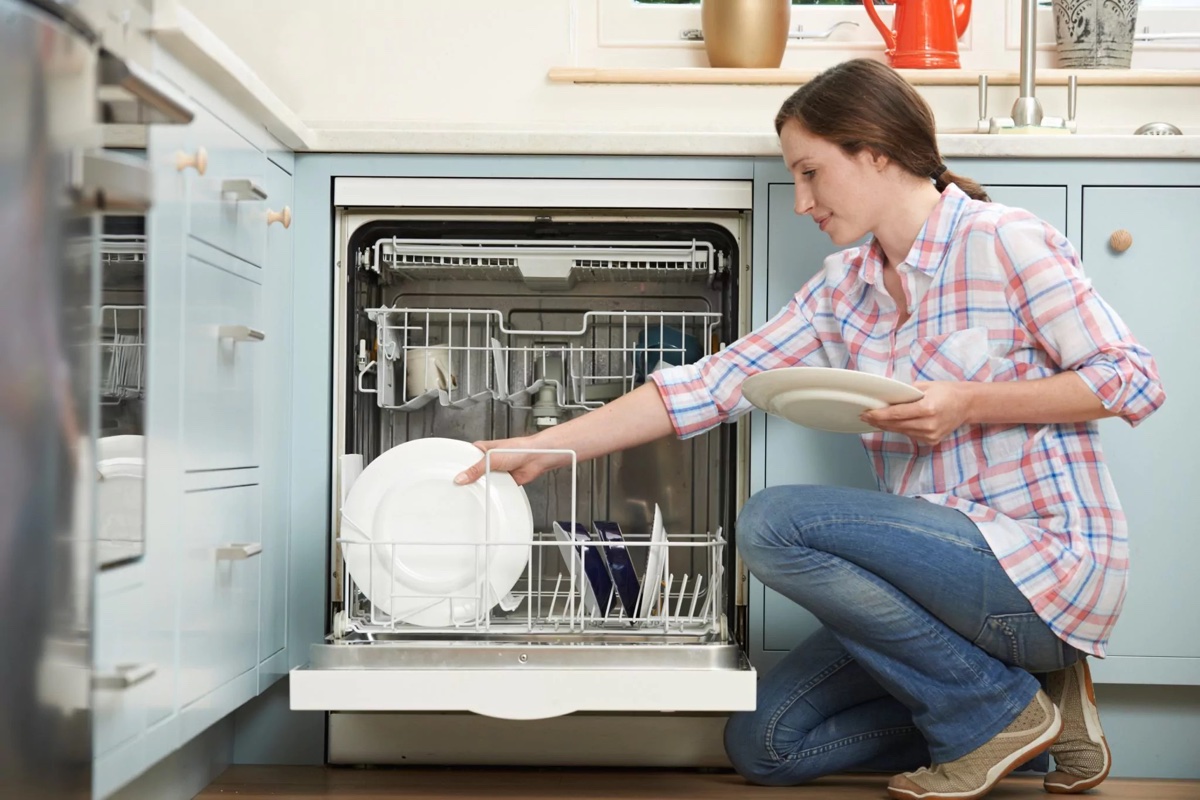
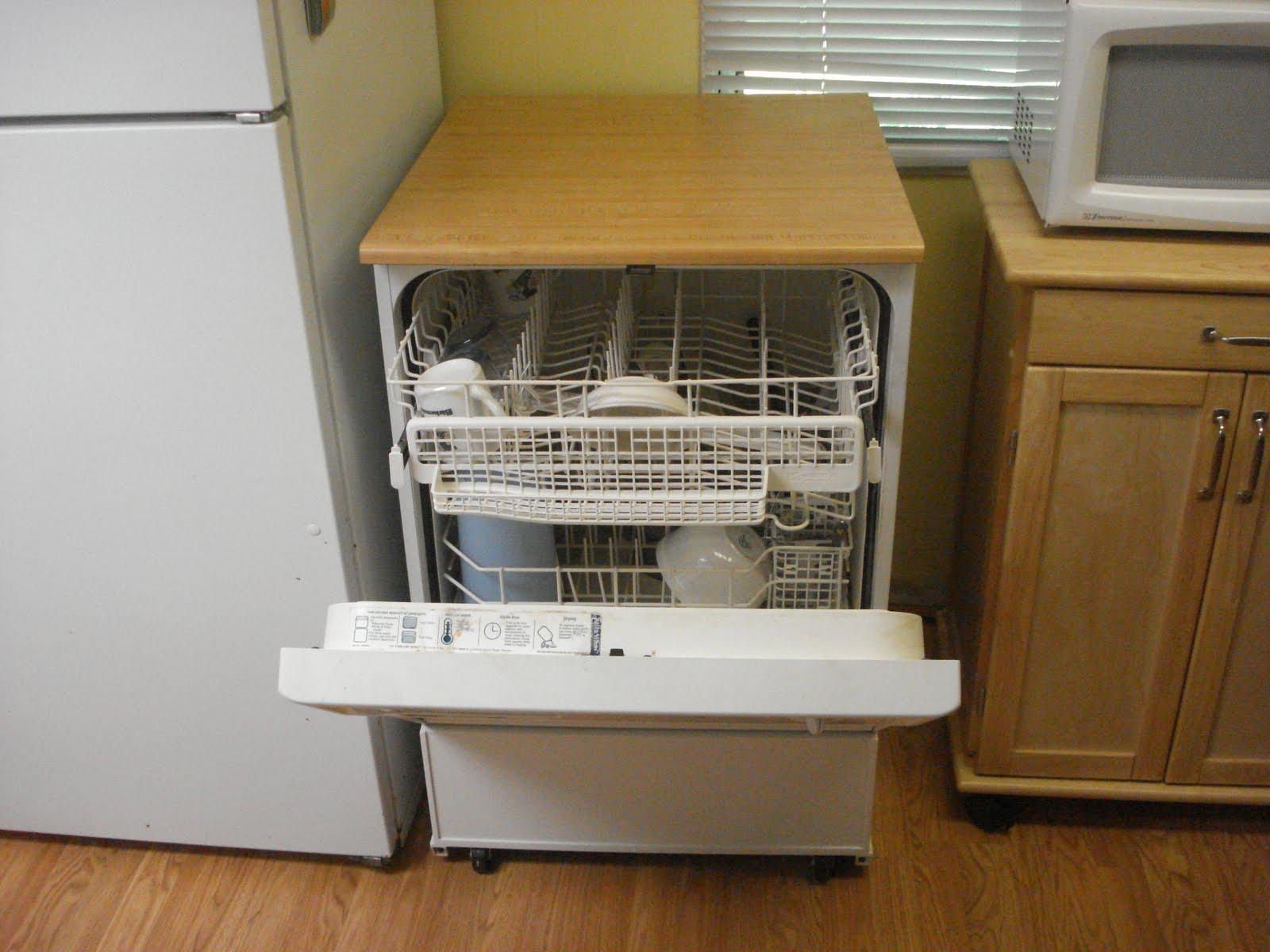

0 thoughts on “How To Use A Frigidaire Dishwasher”